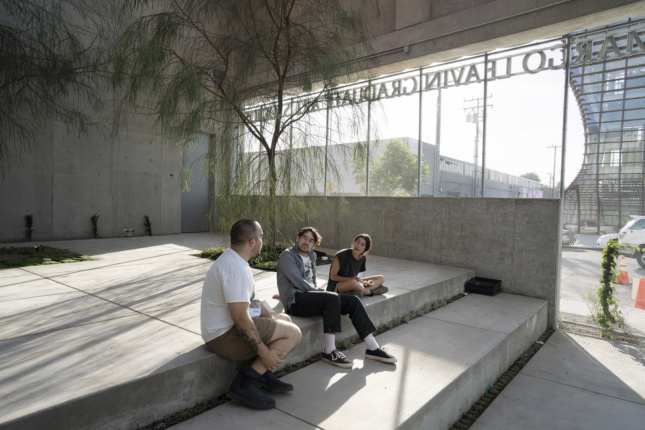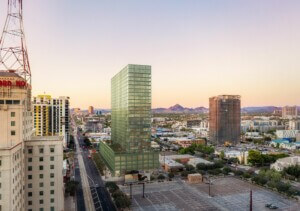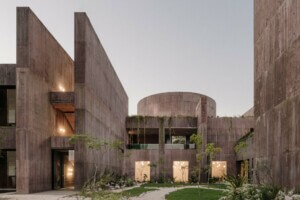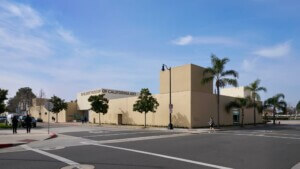In the middle of Hayden Tract, the Culver City, California, neighborhood famed for its collection of Eric Owen Moss-designed buildings, the UCLA Margo Leavin Graduate Art Studios celebrated its long-awaited opening with a private dinner for artists, colleagues, and students on September 26. The project is a major restoration and expansion of the university’s former graduate art program’s studio building, transforming the 21,000-square-foot warehouse into a 48,000 campus. The project was set into motion in 2016 when Margo Leavin made a lead gift of $20 million, the largest gift ever made by an alumna to the arts program.
Designed by Johnston Marklee, a local architecture firm known for its understated designs and attention to detail, the facility includes a multipurpose gallery, 42 graduate studios, classroom spaces, interior courtyards, and a loft for the program’s artist-in-residence. “During the project’s development,” UCLA reported, “the architects engaged with students and faculty to best understand their needs and design a highly functional building that engenders a creative community.” One of the innovative spatial features to come out of this engagement is the close relationship between large communal facilities and smaller, more intimate private studios.

The building was designed for LEED Gold certification and is notable for its addition to the old building’s exterior with a smooth, cylinder-patterned concrete facade, which, according to the architects, “eliminate[s] the need for waterproofing and insulation, and minimize[s] the construction footprint and waste.” In addition, the semi-outdoor nature of many of the building’s spaces within provides a passive heating and cooling system suited to the relatively temperate environment of Southern California. “Innovative building systems and elemental materials are distilled towards a holistic and efficient structure,” explained Johnston Marklee, “rather than adding layers of sustainable technology.”











